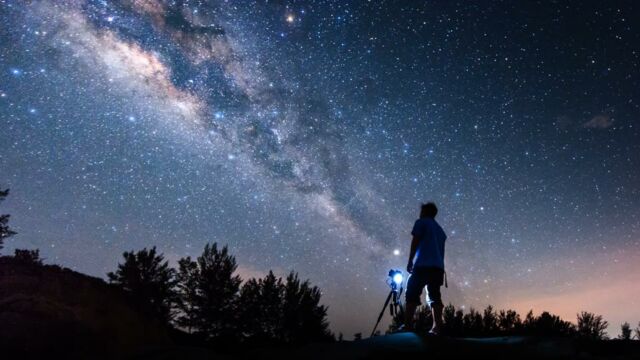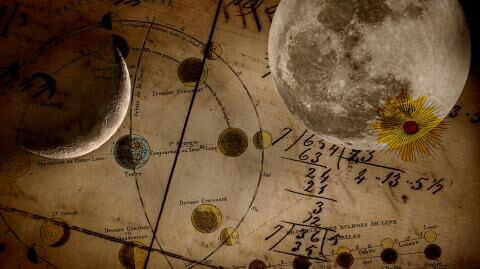Astronomy enthusiasts will be in for a treat over the next few days. From astonishing meteor showers to the autumn equinox and harvest moons, the month of September witnessed many spectacular astronomical events. The month of October will see a number of events, including shooting star showers and a partial solar eclipse. Here are some main events you might not want to miss!
Discover our latest podcast
The Draconid meteor shower
Of all the astronomical events that take place during the year, shooting star showers are among the ones we are most fond of. Admittedly, there is something magical about seeing these grains of dust light up the sky as they hit the atmosphere.
The next phenomenon of this type will take place on 8 October with the climax of the Draconid meteor shower. About ten meteors are expected.
The Epsilon Geminid meteor shower
Ten days later, on 18 October, the peak of the Epsilon Geminid meteor shower will take place. This will be much less impressive than the Draconids (or the famous Perseids), as 'only' three meteors per hour can be expected on that day.
The Orionid meteor shower
Finally, the Orionid meteor shower will be by far the most impressive of the month. It is scheduled to peak on 21 October, with around 20 meteors per hour. That's twice as many as the Draconids!
The partial solar eclipse
In addition to these three showers of shooting stars, another astronomical event is to be expected: the partial solar eclipse on 25 October. As a reminder, a solar eclipse takes place when the Moon occults our star. On 25 October, our natural satellite is expected to cover a little less than 14% of the Sun, so it will be possible to observe a crescent sun!
This article was translated from Gentside FR.
Sources used:
- EarthSky: 'Draconid meteor shower 2022: All you need to know'
- Astrofiles: 'Phénomènes astronomiques de octobre 2022'
- The Sky Live: 'Epsilon Geminids Meteor Shower'
Read more:
⋙ Flaming meteor streaks across the UK night sky: Witnesses claim it was 'so low you could hear it'















